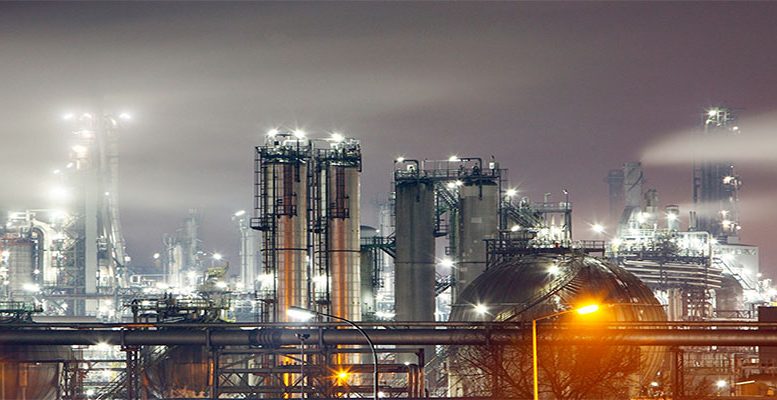Bankinter | Técnicas Reunidas enjoys a record order book and a healthy balance sheet, including a positive net cash balance. However, margins continue to be tight and this is the main source of uncertainty in the medium term. Furthermore, the reduced visibility of the oil and gas price recovery and the low diversification of its business (focused on the Middle East), leads us to increase our caution.
In this context, we reduced our target share price to 23.8 euros. from 25.1 euros. and maintain our recommendation in Neutral (potential +17%).
Técnicas Reunidas has published its 2019 accounts and they have surprised the market by being on the upside. Main figures: Revenues 4.699 million euros (+7% YoY); Ebitda 110 million euros (+80% YoY); EBIT 68.2 million euros (+62% YoY); BN -10 milllion euros vs 14.4 million euros in 2018 due to the increase in provisions (65.8 million euros: 55.4 million euros as a tax adjustment provision, 9.1 million euros in interest and capital gains from the sale of non-strategic assets of 15.8 million euros).
There was also a slight improvement in margins: the Ebitda margin increased to 2.3% from 1.4% and the EBIT margin to 1.5% from 1.0%.
These figures are distorted by the application of the IFRS 16 financial reporting standard: this had a positive impact of 28.5 million euro on Ebitda, a decrease in NTB of -0.6 million euros and an increase in assets of 42.5 million euros. The net cash position increased to 371 million euros (vs. 258 million euros in December 2018). The order book closed the year at 10,026 million € , a record high (vs. £8,981 million € in 2018). The main strength is the order book, the balance sheet is also a strength. The order backlog is at an all-time high.
The year also got off to a good start with Sonatrach’s $2.0 billion projects in Algeria and Canada’s Kuwait Petrochemical Corporation. Técnicas Reunidas can cope with these contracts if we take into account that it does not invest in the projects.
Técnicas Reunidas also has a healthy balance sheet and positive net cash position. Furthermore, Técnicas Reunidas has a stable shareholder base (the founding family owns 37%) and solid clients, some examples being Aramco or Exxon. But the share value is at a minimum and there is little visibility as to its recovery.
Despite an order book at historical highs, the stock market value of the company is at a ten-year low. There are three main reasons for this:
(i) Margins: Técnicas Reunidas’ projects are divided into three phases: Engineering, Procurement and Construction. The Purchasing phase makes the greatest contribution to margins and now represents a small part of the portfolio. In addition, it has probably had to sacrifice margins in order to increase its presence in certain geographical areas.
(ii) Oil and Gas: prices have fallen sharply so far this year (Brent -20%) and there is no visibility of a recovery. This weighs on share value because of the strong link between the stock value and the price of crude oil and because oil companies reduce future investments in oil infrastructure. The increase in production in the U.S. and lower global consumption, particularly from China (the world’s largest consumer), due to Coronavirus, have a direct impact.
(iii) Reduced diversification: business is focused on Oil and Gas and not very geographically distributed, with hardly any presence in the area of clean energies.
Técnicas Reunidas enjoys a portfolio at historical highs, a strong balance sheet and a solid client base. Despite this, we maintain our recommendation in Neutral. The reduced visibility in the recovery of its margins, the fall in oil and gas prices and a poorly diversified order book make us very cautious with our recommendation.
We take a conservative approach to valuation and estimate that the Ebitda margin will be slightly below 3%, far from the 4% of previous years (2016). We estimate a risk premium of 9%, due to the high presence in the Middle East and the reduced visibility in margins, and an additional premium per sector. This results in a WACC (weighted average cost of capital) of 8.7%.





